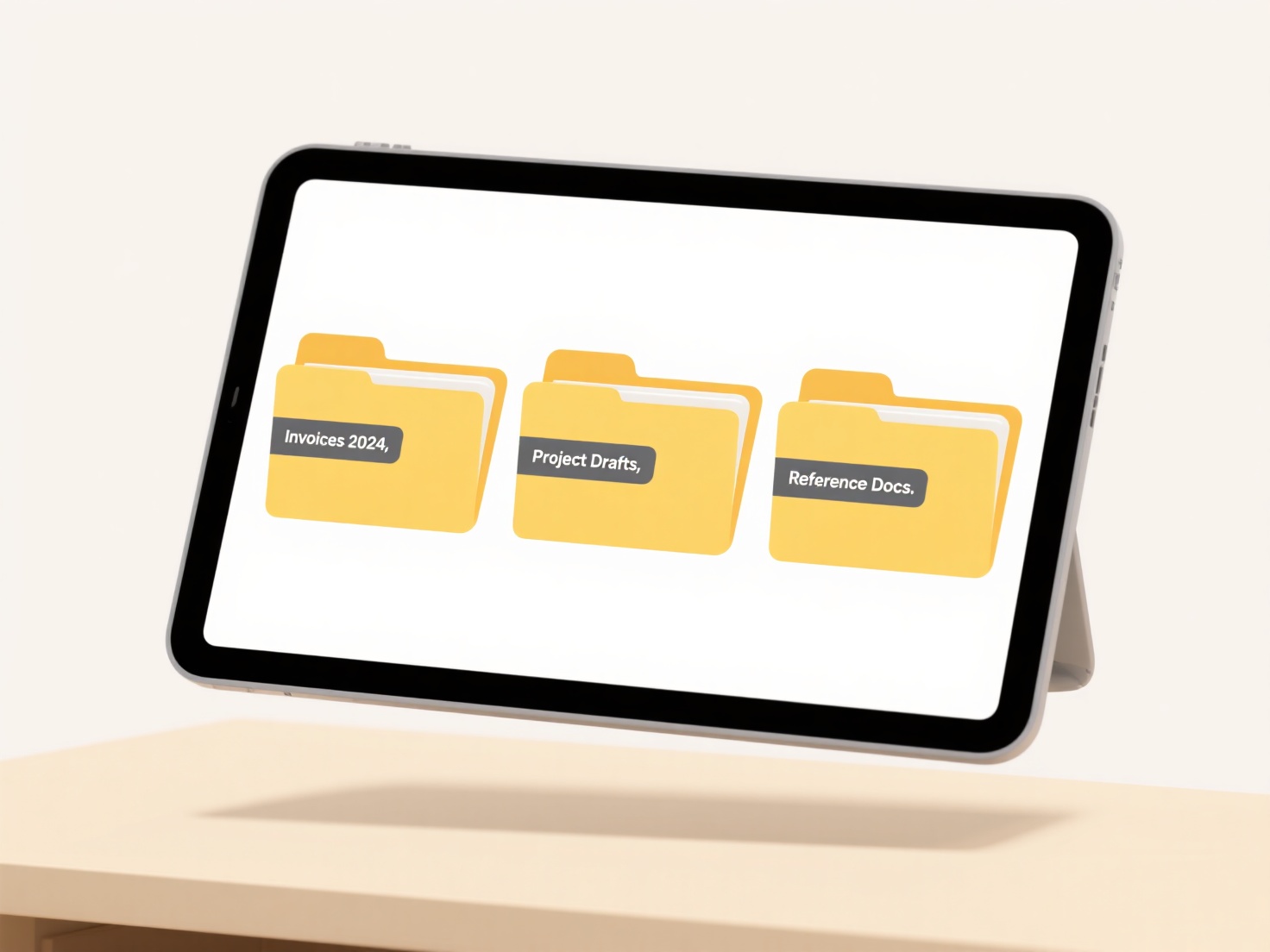
Renaming a file on Windows means changing its displayed name without altering its location on the drive or the data it contains. This action differs from moving a file (which changes its folder) or copying it (which creates a duplicate). The new name must be unique within its current folder and follow basic naming rules, avoiding prohibited characters like \ / : * ? " < > |.
Common practice involves finding the file in File Explorer, highlighting it, and pressing the F2 key. Alternatively, right-clicking the file and selecting "Rename" achieves the same result. For example, you might rename an image file "IMG001.jpg" to "Beach_Sunset.jpg" for better identification. Similarly, a document like "Report_Draft.docx" could be changed to "Report_Final_v2.docx" to denote a revised version.

The main advantage is quick file organization and clarity without creating extra copies. However, be cautious not to change the file extension (e.g., changing ".docx" to ".txt") as this often prevents the file from opening correctly with its intended application. Multiple files can also be renamed efficiently using File Explorer's batch rename feature for groups. Understanding this fundamental operation is essential for efficient digital workflow management.
How do I rename a file on Windows?
Renaming a file on Windows means changing its displayed name without altering its location on the drive or the data it contains. This action differs from moving a file (which changes its folder) or copying it (which creates a duplicate). The new name must be unique within its current folder and follow basic naming rules, avoiding prohibited characters like \ / : * ? " < > |.
Common practice involves finding the file in File Explorer, highlighting it, and pressing the F2 key. Alternatively, right-clicking the file and selecting "Rename" achieves the same result. For example, you might rename an image file "IMG001.jpg" to "Beach_Sunset.jpg" for better identification. Similarly, a document like "Report_Draft.docx" could be changed to "Report_Final_v2.docx" to denote a revised version.

The main advantage is quick file organization and clarity without creating extra copies. However, be cautious not to change the file extension (e.g., changing ".docx" to ".txt") as this often prevents the file from opening correctly with its intended application. Multiple files can also be renamed efficiently using File Explorer's batch rename feature for groups. Understanding this fundamental operation is essential for efficient digital workflow management.
Related Recommendations
Quick Article Links
Are duplicate files more common with cloud storage?
Duplicate files occur when identical copies of a file exist within a storage system. While cloud storage providers thems...
How do I export multiple files at once?
Exporting multiple files at once allows you to select several distinct items simultaneously and save copies of them toge...
Can I rename files based on email subject line?
Renaming files based on email subject lines involves automatically applying the text from an email's subject field as th...